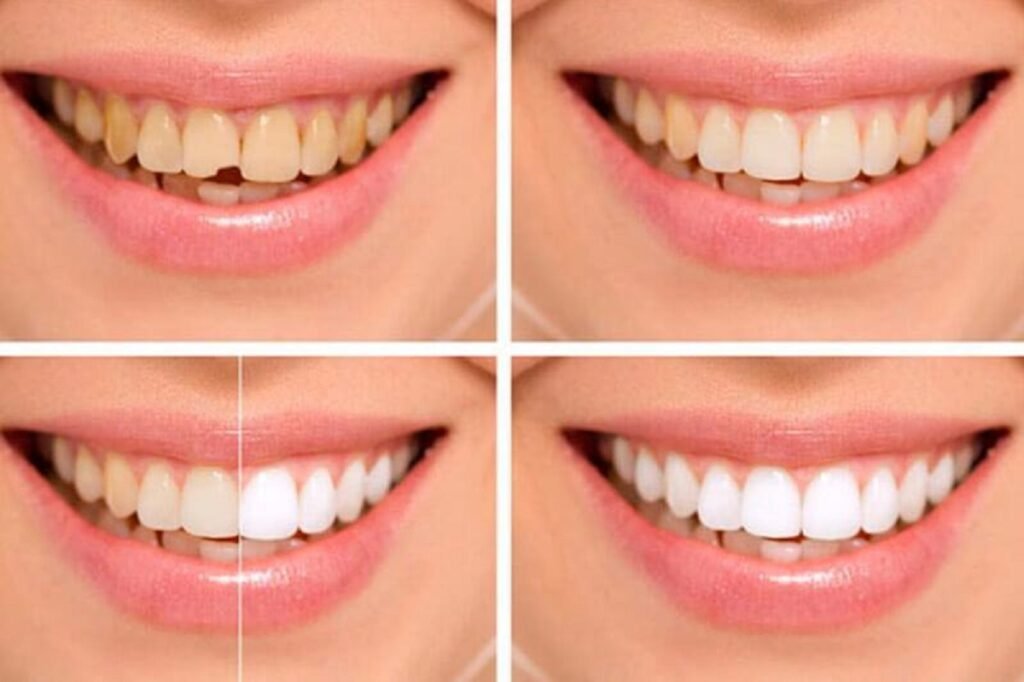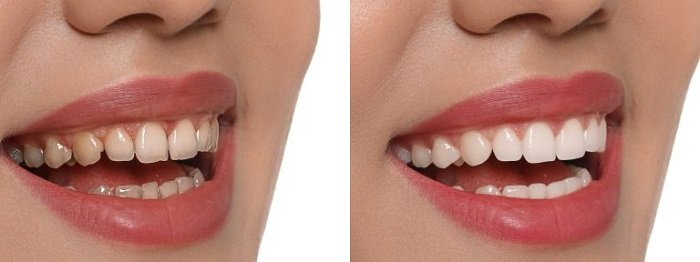If you are looking to enhance your smile and restore your natural tooth structure, the dental cosmetic bonding procedure is the perfect solution for you. It’s highly effective for treating minor dental issues, including gaps, discoloration, chips, and cracks. You can avail unlimited benefits of dental cosmetic bonding with Aidite’s state-of-the-art tools and materials.
In the article below, we will explore cosmetic dental bonding and the benefits of dental cosmetic bonding. Also, we will learn about the steps of dental bonding repair and the dental cosmetic bonding procedure. You can professionally perform a cosmetic dental bonding procedure after reading the full article.
Let’s start without wasting any time and learn more about the dental cosmetic bonding procedure, the steps of dental bonding repair, and the benefits of dental cosmetic bonding.

Understanding the Dental Cosmetic Bonding Procedure:
The cosmetic dental bonding is the procedure of repairing or enhancing the natural appearance of teeth. This cosmetic procedure uses composite resin and other materials to restore effective teeth. The dental cosmetic bonding procedure is a painless treatment with the need for minimal enamel removal as compared to other restoring methods. It is a perfect solution for the following dental issues.
- Cracked or chipped teeth
- Filling the gaps between teeth
- Coloring discolored teeth
- Receding gums or exposed tooth
Types of Dental Cosmetic Bonding:
In modern dentistry, there are many different types of dental comedic bonding available, so everyone can enjoy the benefits of dental cosmetic bonding. Some basic types of cosmetic dental bonding procedures are described below.
Direct Dental Bonding:
In this cosmetic dental bonding procedure, the composite resin is directly applied to the surface of the teeth. After careful application, it is shaped to match the natural contours and hardened with the help of UV light. This dental bonding repair is a commonly used type ofcosmetic dental bonding to repair minor issues.
Indirect Dental Bonding:
The indirect dental bonding consists of two steps, where the resin is fabricated first, and later it is bonded to the tooth in a second step. This type is perfect for enhanced and extensive repair procedures. It offers durable and better-customized results for patients with huge damage.
Edge Bonding:
When repairing worn-out and uneven edges of teeth, edge bonding is a highly recommended type of dental cosmetic bonding procedure. This dental bonding repair perfectly restores the natural shape and structure of teeth without affecting the oral structure of the patient.
Veneer Bonding:
In this type ofcosmetic dental bonding, a layer of resin is applied on the outer surface of the tooth to improve its natural shine and look. It is a perfect replacement for porcelain veneers, with low cost and high-quality results. The veneer bonding enables low-budget patients to enjoy the top-notch benefits of dental cosmetic bonding at a low cost.
Materials Used for Dental Cosmetic Bonding:
The basic material for cosmetic dental bonding procedures is tooth-colored composite resin. This material offers long-lasting durability, customization with natural teeth shade, biocompatibility, and safety for oral procedures. It is applied in layers and hardened with the help of special UV light for strong bonding and a natural appearance. Aidite dental equipment and resins are the top priority of professionals around the world to ensure top-notch results for all dental bonding repair procedures.
Risks and Benefits of Dental Cosmetic Bonding:
It is crucial to understand the risks and benefits of dental cosmetic bonding. The common risks and benefits associated with cosmetic dental bonding procedures are described below for your consideration before opting for them.
Benefits of Dental Cosmetic Bonding:
- Painless and quick restoring process
- Low-cost treatment as compared to other restoration processes
- Required minimal enamel removal
- Offers natural appearance and aesthetics
- Can be completed within a single visit
- Easy to replace or reverse
Risks of Dental Bonding Repair:
- Less durable when compared to crowns and veneers
- Prone to high consumption of tea, wine, and coffee
- May require maintenance after a few years
- Not recommended for severely damaged teeth
Step-by-Step Dental Cosmetic Bonding Procedure:
Successful execution of dental cosmetic bonding procedures requires careful performance of some basic steps. You can not get your desired results without following the basic steps of cosmetic dental bonding. The basic steps of dental bonding repair are described below for your easy understanding of the whole process.
1. Consultation and Examination:
The first step in the dental cosmetic bonding procedure is consultation with a professional dentist for the examination of your teeth. The dental professional will evaluate the condition and the damage requires treatment. After a detailed examination of the oral structure, the dentist will select the most suitable type of cosmetic dental bonding.
2. Preparation for the Procedure:
In the preparation phase for a dental bonding repair, the patient’s teeth are deeply cleaned. After cleaning, the shade guide is used to select the perfectly matching resin color for seamless blend and integration. It is crucial to ensure the matching of bonding material with natural teeth to get the full benefits of dental cosmetic bonding.
3. Bonding and Resin Application:
After the careful preparation of teeth, the surface is etched and a conditioner is applied to ensure accurate bonding between tooth and resin. Next, the resin is applied, molded, and shaped according to the natural contours and shape of the tooth and hardened with the help of UV light.
4. Final Finishing:
The finishing is important to achieve the benefits of dental cosmetic bonding and get top-notch results. The bonded resin is smoothed and polished for a seamless match with the natural teeth of the patient. This step gives a natural shine to the bonded tooth by removing and polishing of resin.
Dental Cosmetic Bonding Aftercare and Maintenance Tips:
A dental cosmetic bonding aftercare routine is crucial to ensure the longevity and performance of your bonded teeth. Below are some common tips to maintain the functionality and aesthetic of your dental bonding repair.
- Avoid excessive consumption of coffee, wine, and staining foods
- Brush your teeth twice to maintain good oral hygiene
- Do not bite hard objects with your bonded teeth
- Follow regular checkup routine for evaluation of the procedure
- Use a mouth guard if you grind your teeth during sleep

FAQs:
What is the average time for a single-tooth dental cosmetic bonding procedure?
A single-tooth procedure can usually take from 30 to 50 minutes or more.
What is the lifespan of a cosmetic dental bonding procedure?
A dental cosmetic bonding procedure can last from 5 to 10 years with a proper aftercare and maintenance routine.
What are the common benefits of dental cosmetic bonding?
The common benefits of dental cosmetic bonding are low-cost procedures, quick treatment for damaged teeth, minimal enamel removal, ease of replacement, and natural appearance.
Can dental bonding fix all types of dental issues?
Dental bonding is great for minor issues like chips, gaps, and discoloration. However, it may not be suitable for severely damaged teeth, in which case other treatments like crowns or veneers might be recommended.
How should I care for my teeth after dental bonding?
To ensure the longevity of your dental bonding, avoid staining substances like coffee, tea, and wine. Brush and floss regularly, and avoid biting down on hard objects.
Conclusion:
A dental cosmetic bonding procedure is the fruit of modern dentistry and emerges as an affordable, effective, and versatile solution for damaged teeth. The bonding repair is used to repair discoloration, gaps, cracks, and chips of teeth to restore the natural look and appearance. You can make a wise decision about getting this treatment by understanding the benefits of dental cosmetic bonding, the risks of cosmetic dental bonding, and the steps of dental bonding repair. Professionals around the globe can achieve the best results for their procedures by using Aidite dental equipment and resin materials for cosmetic dental bonding.



